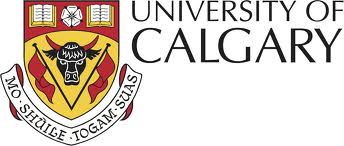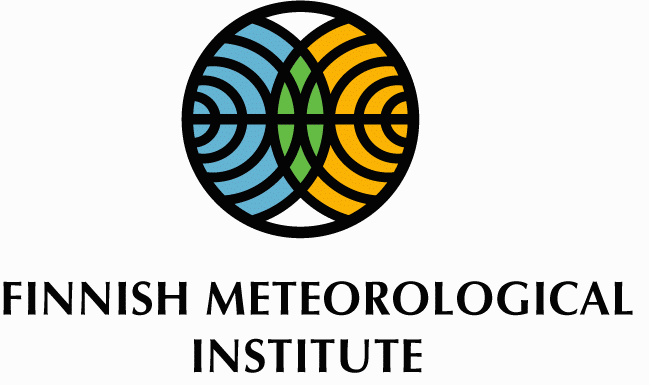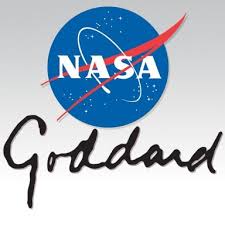
|
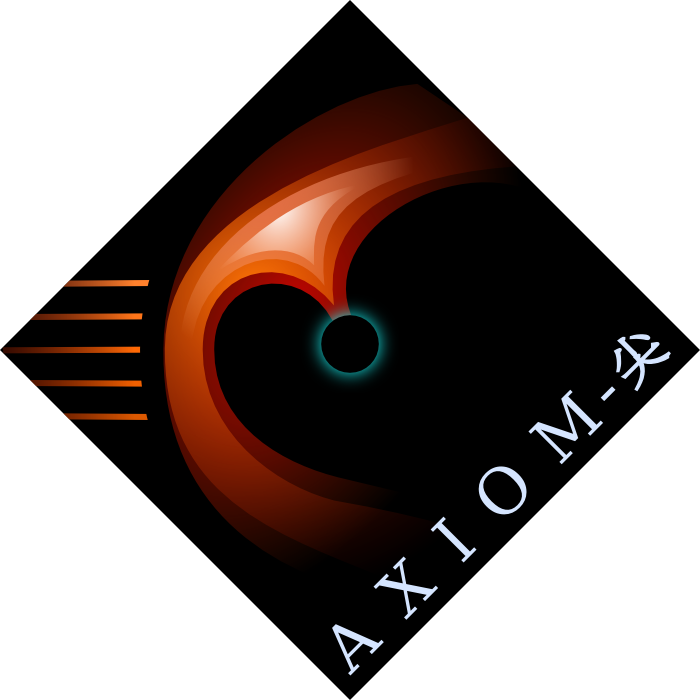
|

|

|
The Payload
SXI - Soft X-ray Imager
The Earth's magnetosheath and the magnetospheric cusps shine in soft X-rays under the impact of the solar wind. Charge exchange interactions between high-charge-state heavy ions in the solar wind and neutrals of the terrestrial exosphere lead to the emission of soft X-ray (< 2 keV) lines at energies characteristic of the incoming ions.
The SXI is a wide field of view (FOV) soft X-ray imager based on light-weight micropore optic which focuses the X-ray light on an array of CCD detectors, so that imaging and spectroscopy are carried out simultaneously. For the first time ever we will be able to routinely "see" the boundaries of the Earth's magnetic field, like in the images above, and how they dynamically respond to the vagaries of space weather.
AI - Auroral Imager
CEIA - Combined Electron and Ion Analyser
| The CEIA will measure solar wind particle velocity, density and temperature: the baseline is a top-hat electrostatic analyser with a 360 degree planar FOV and a FOV deflector system. |
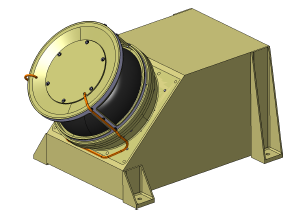
|
| The MAG will establish the magnitude and orientation of the solar wind magnetic field to high accuracy. The baseline design is a dual redundant digital fluxgate magnetometer ... |
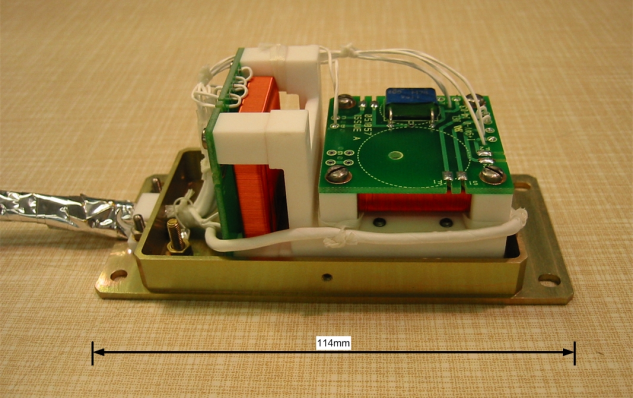
|
Where is AXIOM going to observe from?
In order to image a large enough section of the Earth's
magnetosphere AXIOM-Jian has to travel quite far away from it. The ~ 4 day
orbit selected takes AXIOM-Jian on an elliptical path, to some 20 Earth radii over the
Northern hemisphere; the orbit will precess around the Earth over the seasons, and
the spacecraft pointing will be controlled so as to be kept oriented to look at the most
interesting parts of the magnetosphere at any one time, while keeping the Earth's Northern
aurora in the UV imager field of view.




